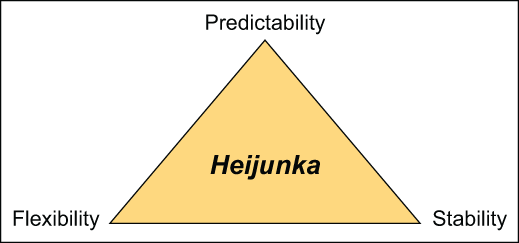Owing to the complexity of its definition, many people loosely use the phrase Internet of Things (IoT) without having a solid grasp of its true meaning. A majority in this category take IoT to be nothing more than the automation of home gadgets, where the internet is used to interconnect computing components embedded in everyday devices.
Granted, the whole idea of IoT got its roots from the home setting. Nevertheless, IoT has outgrown that spectrum and has since penetrated into almost every area of business and industry. By employing IoT, you can literally take full control of everything in your business using a single device. From assigning tasks to monitoring security, managing bills to tracking time, IoT has revolutionized the way business is done.
Interestingly, not so long ago, most technology experts limited their forecasts to machine-to-machine (M2M) integration and Augmented Reality (AR), which also, admittedly, hit the technology industry with an admirable suave. Back then, it could have been laughable for anyone to have suggested that IoT would be so commanding in almost every industry, including real estate, medicine, automobile, and more.
It’s not for nothing, therefore, that the field service industry has also embraced IoT, integrating it in the daily running of business activities, including tracking machine diagnostics, detecting breakdowns, and assigning field engineers to attend to customer needs.
How the Field Service Industry is Benefiting from IoT
Machine uptime has remained an ongoing concern for many customers. In the traditional approach, whenever a machine breaks down, the customer alerts the service provider and then the field service manager checks to see if there is any field engineer available for a new task. Once an engineer has been identified, he?s then dispatched to the site. This worked, but it resulted in an extended machine downtime, a terrible experience for customers.
Thanks to IoT, things are now happening differently.
IoT is now integrating machines to a central communications centre, where all alerts and status updates are sent. The notifications are instant. The field service manager, therefore, gets to learn of the status of machines at the exact time of status change. An engineer who?s not engaged would then be immediately assigned to undertake any needed servicing or repair.
By employing IoT, the service provider receives timely reports relating to diagnostics, machine uptime, part failures, and more. The field manager can, as a result, foretell and forestall any possible downtime.
How has this been helpful?
Before giving a definite answer to that question, it’s crucial to note that more than half of all field service organizations now employ IoT in their Asset Management Systems and Field Service Management. And to answer the question, all the organizations that have the two systems integrated using IoT experience twice as much efficiency as those that don’t, states an Aberdeen Group report. As you already know, improved efficiency results in a corresponding upshot in customer satisfaction.
Apps Making a Difference in IoT-Field Service
The integration of IoT into almost every aspect of business prompted the design and development of different applications to link computing devices. Since the advent of IoT, the software development for the technology has come of age. Powerful and lightweight apps that don simple yet beautiful user interfaces are now readily available at affordable price tags.
A good example of such an App is ecoVaro by Denizon.
ecoVaro not only helps businesses to monitor energy and other relevant environmental data such as Electricity, Gas, Water, Oil, Carbon, Temperature, Humidity, Solar Power, and more, but also provides analytics and comprehensive yet easy to understand reports. The data received from devices such as meters is converted into useful information that’s then presented in figures and graphs, thus allowing you to make decisions based on laid down controls.
The focus of the app is to instantly alert service engineers to go on site to fix issues.
With ecoVaro, field service engineers no longer have to return to the office to get new instructions. Also, customers don’t have to manually fire alerts to the service provider whenever something isn’t working correctly. By employing the latest in IoT, ecoVaro sends notifications to field service managers and engineers about respective customers that need support.
How ecoVaro Helps
Best-in-class companies aren’t ready to compromise on customer satisfaction. Therefore, every available avenue is used to address customer concerns with the deserved agility. By using IoT, ecoVaro makes it possible for field service providers to foresee and foreclose any possible breakdowns.
The inter-connectivity among the devices and the central communications centre results in increased revenue and improved interactivity between the system and the field engineers. This results in greater efficiency and lower downtime, which translates into improved productivity, accountability, and customer satisfaction, as well as creating a platform for a possible expansion of your customer base.
ecoVaro isn’t just about failed machines and fixes. It also provides diagnostics about connected systems and devices. With this, the diagnostics centre receives system reports in a timely manner, allowing for ease of planning and despatch of field officers where necessary.
Clearly, but using the right application, IoT can transform your business into an excellently performing field service company.




